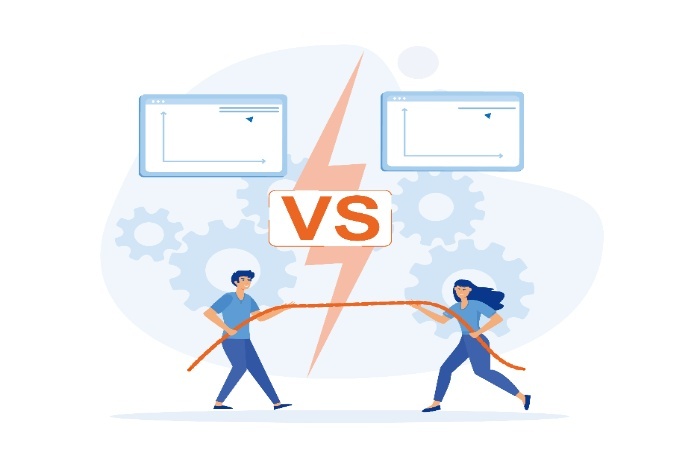Latency vs Bandwidth: Why Both Matter for a Better Internet Experience
July 29, 2025

When people talk about internet speed, they usually focus on how fast their downloads are or how smooth their streaming feels. But if you’re experiencing lag while gaming, buffering during videos, or delays in video calls, the issue might not be speed alone. It could be a matter of latency vs bandwidth—two different but equally important elements that define the quality of your internet connection.
Understanding the difference between latency and bandwidth can help you identify problems and choose the right broadband plan for your needs. Here’s how each one works—and why both are critical.
What is Bandwidth?
Bandwidth refers to the maximum amount of data that can be transmitted over your internet connection at a given time. It’s measured in megabits per second (Mbps) or gigabits per second (Gbps). Simply put, bandwidth determines how much data your network can handle at once.
Think of bandwidth like the width of a highway—the more lanes you have, the more traffic (data) can move at the same time. High bandwidth enables smooth streaming, faster downloads, and the ability to support multiple devices at once without slowdowns.
What is Latency?
Latency, on the other hand, is the time it takes for data to travel from your device to a remote server and back. Measured in milliseconds (ms), it reflects how quickly a command is executed after you request it.
Imagine latency as the reaction time of your network. Low latency ensures minimal delay in communication between your device and the server, which is essential for real-time activities such as video calls, online gaming, virtual meetings, and live trading.
Even if your bandwidth is high, high latency can ruin the experience—causing lags in gaming, delays in conversations, and slow loading times for websites.
How Latency and Bandwidth Affect Different Users
Let’s take two examples. A gamer needs low latency to ensure actions occur in real-time with no lag. A content creator who uploads large video files requires high bandwidth to speed up transfers. But what if you’re both? That’s when you need both high bandwidth and low latency for an optimal experience.
In the era of smart homes, cloud-based software, and ultra-HD streaming, most modern users benefit from a balance between the two. Fiber broadband connections have become popular because they offer a perfect blend of speed and responsiveness—something traditional copper-based networks often fail to deliver.
Why Fiber Broadband Is the Answer
Fiber-optic technology is built for today’s digital needs. It offers symmetrical upload and download speeds, which reduces congestion and improves latency dramatically. Moreover, fiber is less affected by weather and electromagnetic interference, ensuring more consistent connectivity.
This technology is especially important as more people use high-bandwidth services like 4K streaming, smart surveillance, AR/VR tools, and video conferencing. To truly enjoy these services without disruption, having both low latency and ample bandwidth is non-negotiable.
Choose the Right Connection for a Seamless Digital Life
Whether you’re working remotely, attending online classes, video calling loved ones, or just enjoying a binge-worthy series, understanding the difference between latency and bandwidth is essential. A fast internet connection isn’t just about speed—it’s about how well your network responds.
To truly unlock the full potential of your digital lifestyle, choose a reliable wifi connection for home that offers both high bandwidth and low latency. Look for providers that give you flexible broadband plans and unlimited wifi plans so that your internet connection evolves with your needs.
The internet is no longer a luxury—it’s a utility. Make sure yours is up to speed—with options like fiber connections from providers such as Asianet Fiber quietly powering homes across the region.

